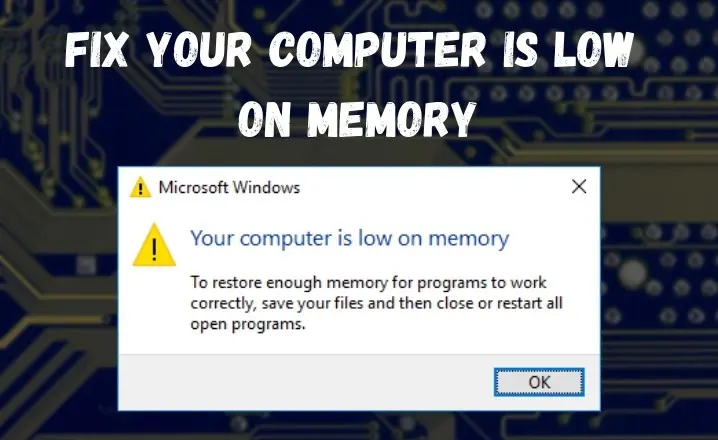It’s the middle of the day, and you’re in the middle of a project when your computer starts beeping at you. “Low memory” flashes on the screen, and your work is frozen. You know you need to fix your computer, but what can you do?
In this blog post, we’ll show you how to fix your computer is low on memory warning message and guide you on how to free up some space on your computer so that you can continue using it as normal. Keep reading for more information!
What are the causes of the “Low Memory” Warning?
There are several possible causes for the “Low Memory” warning. Some of them are mentioned below:
1. Device is running low on storage space
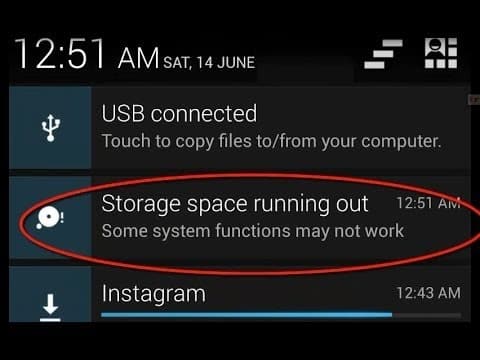
When your device is running low on storage space, Android may display a low memory warning. This is because Android requires a certain amount of free space to operate correctly.
2. Too many apps running in the background
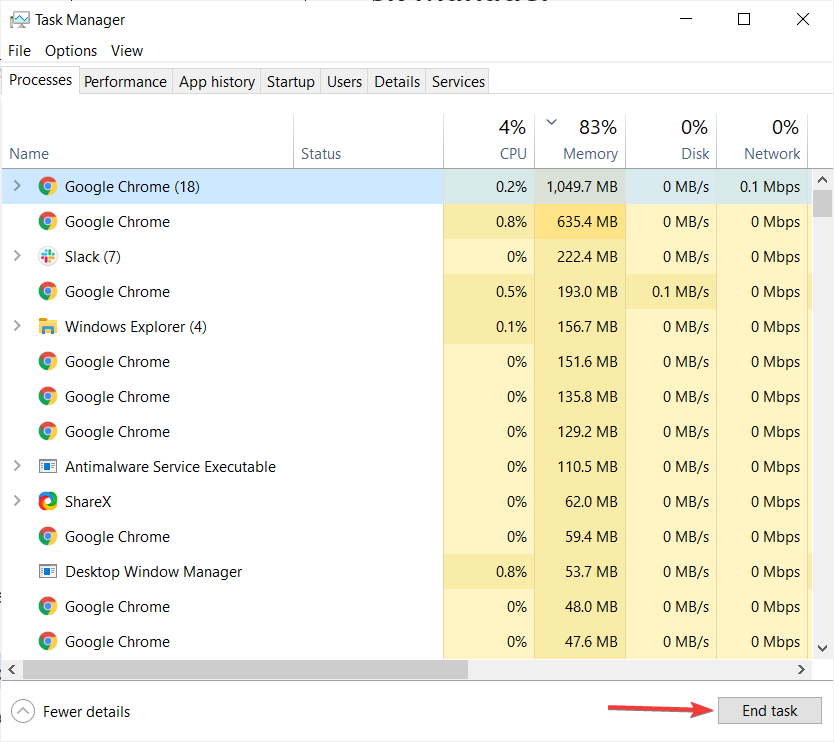
You may receive a low memory warning if too many apps run in the background. A task manager app can help you close background apps.
3. Small amount of RAM
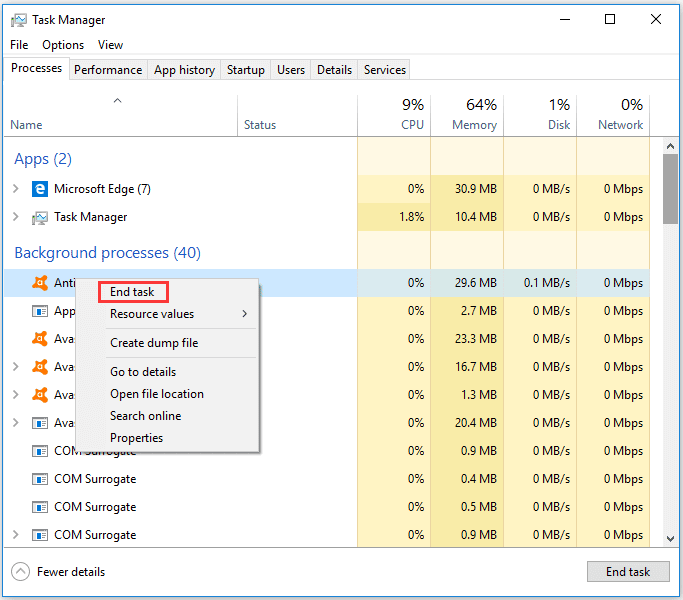
Your device can display a “Low Memory” warning if you have a small amount of RAM. Close background-running apps on your device to free up RAM.
4. Your device is running an older version of Android
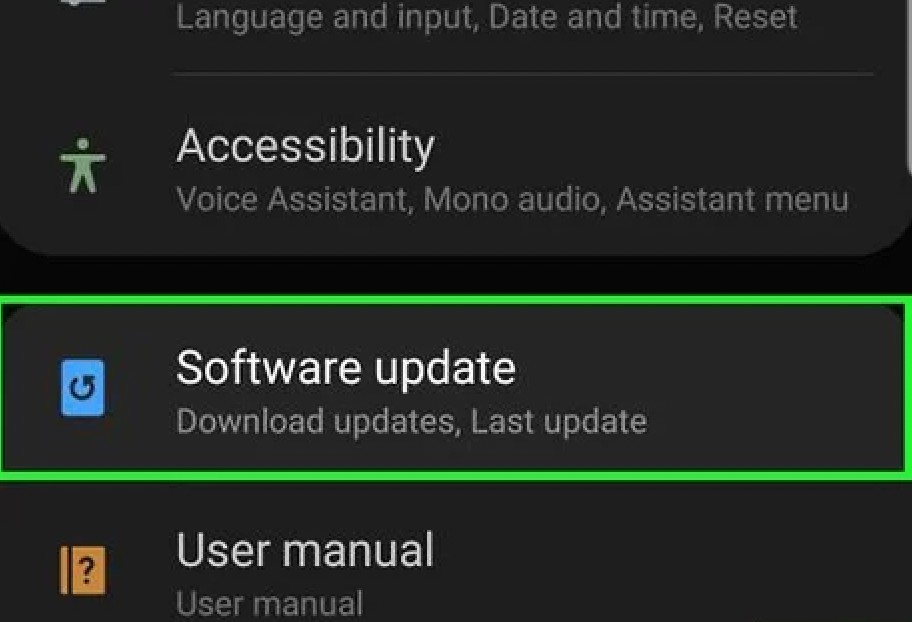
When Android is running on an older version, this can be the reason for the low memory. To fix this, you can try updating your device to the latest version of Android.
5. Device is infected with the malware
Malware infection may cause a low memory warning on your device because it can use up RAM and CPU resources.
6. Hardware issues
Low memory warnings can also be caused by hardware issues. The hardware issues such as a faulty memory card or a damaged SIM card can lead to this problem.
7. Poorly designed apps
In case you are using a poorly designed app, it can cause low memory issues on your laptop. You can try using a different app to prevent this issue.
How to fix it if your computer is low on memory warning?
Time Needed : 2 minutes
If your computer is low on memory, you may receive a warning from your operating system. This warning indicates that your computer does not have enough space to run the programs you are using. You can fix this problem by freeing up memory on your computer. There are several ways to free up memory on your computer:-
Close programs that you are not using
If you have programs open that you are not using, close them. This will free up memory on your computer so that other programs can run.
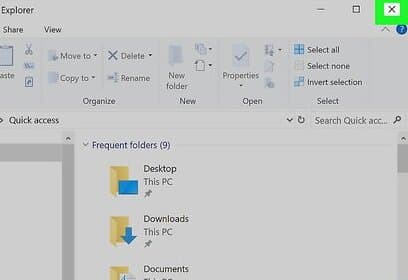
Delete temporary files
Temporary files are created when you use programs on your computer. These files are no longer needed once the program is closed. You can delete temporary files by opening the “Start” menu and selecting “Control Panel.” Under the “Performance” section, click on “File Cleanup.”
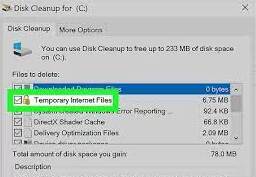
Delete unused programs
In case there are programs on your computer that you no longer use, delete them. This will free up space on your hard drive and allow your computer to run more smoothly.
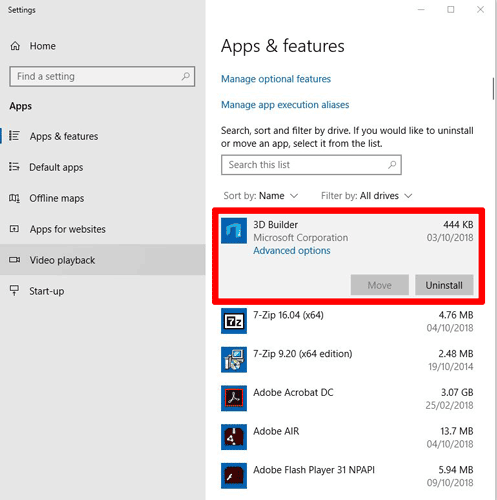
Defragment your hard drive
Over time, your hard drive can become fragmented. This means that files are stored in many different places on your hard drive. This can make your computer run slowly. You can defragment your hard drive by opening the “Start” menu and selecting “All Programs.” Under the “Accessories” section, click on “System Tools.” Click on “Disk Defragmenter.”
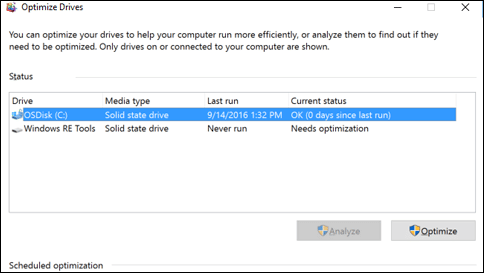
Upgrade your memory
When you have a lot of programs open at the same time, you may need to upgrade your memory. This will allow your computer to store more information and run more smoothly.
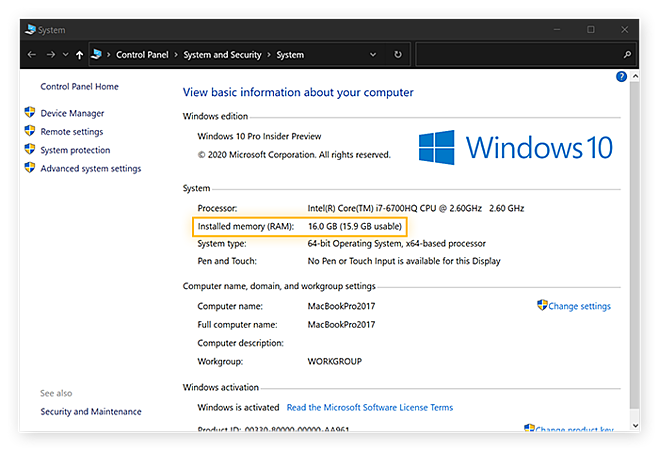
If you follow these steps, you should be able to fix the problem of your computer running low on memory.
What is the importance of freeing up space on the computer?
Improve performance
One of the most important reasons to free up space on your computer is to improve its performance. When your system has too much data crammed into it, it can start to run slowly. This is especially true if you have a lot of programs installed that you don’t use regularly.
Reducing the amount of data on your hard drive can help your computer run more smoothly.
Save money
Another reason to keep your hard drive tidy is to save money. If your system is full, you may have to invest in a larger hard drive, which can be pricey. By uninstalling unused programs and deleting unnecessary files, you can free up space and avoid having to upgrade your storage.
Prevent data loss
When your system is too full, it’s at risk of crashing. This can lead to data loss and corrupted files. By freeing up space on your computer, you can help prevent these issues and keep your data safe. So, as you can see, there are many good reasons to keep your hard drive tidy.
Improve security
Another reason to keep your hard drive clean is for security purposes. If you have sensitive data on your computer, you don’t want it to fall into the wrong hands. Therefore, you may contribute to the safety and security of your data by maintaining a clean hard drive.
Make room for new programs and files
As you use your computer, you’ll likely want to add new programs and files. But if your hard drive is already full, this can be impossible. You may ensure that there is room on your computer for new apps and data by making space available.
Keep your system organized
A final reason to keep your hard drive clean is to help keep your system organized. When your hard drive is full of clutter, it can be difficult to find the files you need. By cleaning up your hard drive, you can help keep your system organized and make it easier to find the files you need.
How does low memory warning affect your computer?
low memory warning is a message that appears when your computer runs out of memory. When this happens, the computer can’t continue to run normally and will start to slow down or stop working altogether.
If you ignore low memory warnings and your computer starts to slow down or stop working or if you don’t have enough memory, you can damage your computer.
Describe the detailed method of increasing virtual memory to fix low on memory issues?
In case you are regularly getting the low memory warning on your computer, there might be some issue with the virtual memory settings. You can try increasing the size of the virtual memory to fix this problem.
1. Right-click on This PC or My Computer and select Properties.
2. Go to Advanced system settings.
3. In the Advanced tab, under Performance, click on Settings.
4. Now click on the Advanced tab again and click on Change under Virtual memory.
5. Uncheck the Automatically manage paging file size for all drives checkbox.
6. Select the drive in which Windows is installed. Usually, it is the C: drive.
7. Click on Custom size and type in the Initial size and Maximum size for the virtual memory. It is recommended that the Initial size should be 1.5 times your RAM size and the maximum size should be twice your RAM size.
8. Click on Set and then OK to save the changes.
9. Reboot your computer for the changes to take effect.
If you are still facing the low memory warning problem, then you can try disabling some unnecessary startup programs or services. You can also try uninstalling some unnecessary programs to free up memory space on your computer by following these steps:
1. Press the Windows key + R to open the Run dialog box.
2. Type MSConfig in the search box and hit Enter.
3. In the System Configuration window, go to the Startup tab.
4. Here you will see a list of all the programs and services that start up automatically when your computer is turned on.
5. Disable the programs and services that you don’t need to start up automatically.
6. Click on Apply and then OK to save the changes.
7. Reboot your computer for the changes to take effect.
Final Verdict
Low memory warning can be annoying, and there can be several reasons for it. Such as too many programs running in the background, virtual memory not being sufficient, etc. Moreover, if you are regularly getting a low memory warning, it can also lead to data loss or corruption.
So, it is recommended that you take some measures to fix this problem. You can try increasing the size of virtual memory, disabling unnecessary startup programs, uninstalling unnecessary programs, etc. These methods should help you fix the low memory warning problem on your computer.
In this article, we have discussed the low memory warning, its causes, and some effective methods to fix it. By following the methods mentioned above, you should be able to fix the low memory warning problem on your computer.

